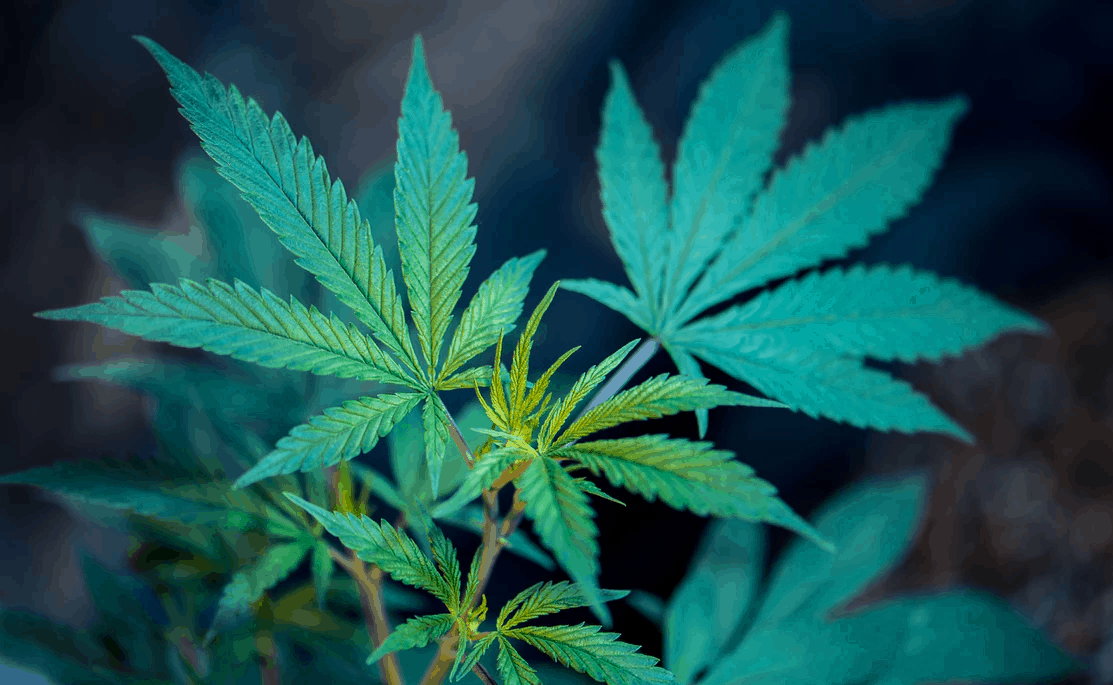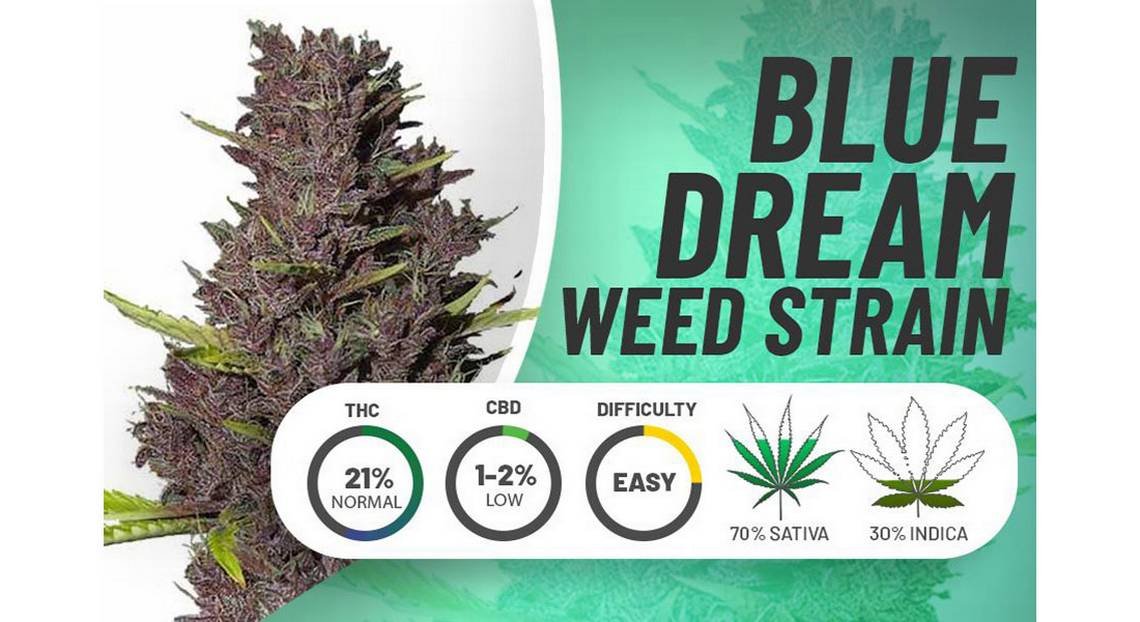How Do You Know If It’s A Marijuana Leaf And Plant? The leaves of the cannabis plant are the most easily recognised and well-known parts of the plant. Cannabis leaves do not vary substantially in appearance across kinds, despite the wide range of diversity seen in wild cannabis populations. This article will learn about the history, identification, and potential use of three different strains’ leaves.
A cannabis plant’s leaves are vital to the plant’s development and survival. The small stomata opening and closing openings at the base of the leaves are responsible for the exchange of carbon dioxide for water and oxygen. Without the leaves, photosynthesis would be very difficult, if not impossible. They also offer a means for the plant to receive nutrients (foliar feeding) (foliar feeding).
Cannabis Leaf Varieties
However, the cannabis you are likely to come across nowadays is a hybrid of many strains. As a result, the leaves of the marijuana plants you cultivate will likely exhibit a wide range of characteristics. For example, there might be 3, 5, 6, 9, or 11-point leaflets, which come from thin to large and spherical forms.
How Do You Know If It’s A Marijuana Leaf And Plant
Your plant may also communicate with you through the number of leaflets (or fingers) on its leaves. It is not unusual for cannabis leaves to have more than three leaflets.
There is some wiggle room in the point total owing to factors including a plant’s genetic makeup and age. For example, one leaflet develops from the first set of genuine leaves, whereas three develop from the second set. At that stage, the number of digits on each leaf increases to between seven and nine.
It’s fairly uncommon for certain plant varieties or even single plants to have fewer or more leaflets than the average of seven. A healthy plant will often have this many fingers, so there’s no need to worry.
If, however, your mature plant suddenly begins cranking out leaves with just the middle finger or one finger, this may indicate stress.
Leaves Provide Clues To Typical Gardening Problems
Cannabis leaves may reveal a lot about the plant. It is possible to foretell an impending disaster by looking at the leaves, and here are some of the telltale indications to look for:
Leaves that seem blistered, twisted, and glossy (or “wet”) might indicate mites that are too tiny for the human eye to detect. In addition, new leaves may emerge crooked, and the upper leaves may droop if this is the case.
Leaves with brown spots – this might be an indication of a nutrient shortage. This often occurs on young, actively developing leaves or other components.
Magnesium insufficiency may indicate leaves becoming light yellow at the edges.
Leaves may become white or brilliant yellow around the edges and develop a purple or dark blue centre if copper is lacking in the soil. They may also take on a lustrous sheen or show signs of deterioration. This is especially noticeable on leaves that are exposed directly to sunlight.






